“Let us read, and let us dance; these two amusements will never do any harm to the world.” – Voltaire
Dance has been an ancient art form – one that mankind had taken to in an effort to physically express emotions, to celebrate and to showcase its rich culture. Different dance forms have developed in different countries and regions as cultural epitomes and as expressions of grace. We bring you a compilation of 10 different grace dances from across the world.
Tango (Country of origin – Argentina)
Tango is one of the most famous and graceful dance forms performed across the world. Its origins can be traced back to the mid-19th century Buenos Aires in Argentina. Popularly performed by the African slaves of Argentina, the dance was brought to the US when immigrants from South America decided to settle here. Initially performed by men, it soon became a couple’s dance and emphasizes on sweeping movements. In American ballroom tango, the ‘closed embrace’ makes it a popular intimate dance. Tango has been the central theme in many popular movies including, Last Tango in Paris (1972), Strictly Ballroom (1992), True Lies (1994), and Shall We Dance? (2004)
Khmer Dance (Country of origin – Cambodia)
The traditional Khmer dance of Cambodia is also referred to as the Celestial Dance or the Apsara dance due to the representation of dancers as Apsaras or celestial dancers of great grace and beauty. The dance, originating from the classical dance forms of the country is a highly stylized rendition of various mythological stories and is often performed by a troupe dressed in colourful and rich attire. With various additions from folks dances, the Khmer dance or the Apsara dance is now performed on stage to showcase the rich and vibrant culture of Cambodia.
Flamenco (Country of origin – Spain)
The earliest mentions of the vivacious Flamenco dance may be found in the 18th century literature of Andalusia in Spain. The Flamenco has three components – cante (singing), toque (guitar playing), and baile (dance). These are accompanied by palmas or the clapping of hands and pitos, the snapping of fingers. As a dance form, Flamenco drew heavily from many other traditions of the world and emphasizes on the rhythm and passion of the performer. In 2010, Flamenco was declared a Masterpiece of the Oral and Intangible Heritage of Humanity by the UNESCO. The dance is commonly performed by women in frilly costumes in bold colors.
Bharatanatyam (Country of origin – India)
Here’s a graceful classical dance form from India that is believed to have been handed down by the gods themselves. Indians believe that Bharatanatyam is a form of yoga that connects the dancer to the spiritual realm by exercising his/her body and emotions. The Hindu god Shiva (Nataraja) is believed to have been the creator of this art form and it was passed on to mankind by the sage Bharata (Natya Shastra written by Sage Bharata dates back to about 200 CE). The earliest practitioners of this dance were the temple dancers of Tamil Nadu’s many temples. The dance is known for its emphasis on expressions, poise, and the poses. Bharatanatyam is widely learned, practised, and performed across the world now.
Polka (Country of origin – Czech Republic)
If you’re the kind that thinks that dance isn’t dance till it is fiesty and gets you all pepped up in a jiffy, Polka is the dance you’re looking for. Despite its origins in Bohemia (sometimes in the 1800s), Polka is very famous in a number of European countries such as Austria, Croatia, Hungary, Prague, Romania, Slovenia, and Slovakia. Before it became wildly popular across Europe and the Americas, Polka was considered more of a peasant’s dance. Promoted by the International Polka Association and other organizations, Polka is now very famous across the US. Till about 2009, the Grammy Awards featured a polka category as well.
Cossack Dance (Country of origin – Ukraine)
Sometimes referred to as the Gopak or the Hopak, the Cossack dance is one of the liveliest folk dances originating in the south Russia – Ukraine region. It is believed that this dance was developed by Ukrainian soldiers in an attempt to celebrate their battles against the Ottoman empire, back in the 16th century. Performed by a single dancer or by a troupe with one-man routines interspersing the group act, the Cossack dance is set to a number of instruments such as the violin and lite; the Bandura, however, remains by far the favorite accompaniment of these dancers. The Cossack dance is now recognised as the national dance of Ukraine.
Kathak (Country of origin – India)
Another one of the classical and beautiful dance forms of India is Kathak. The name is a derivative of the Sanskrit word Kathakar or storyteller. While both men and women perform Kathak, most dancers are women. Kathak evolved in the early 16th century drawing heavily from Persian and Mughal influences. In India, it flourished under the patronage of the Mughal emperors and the Nawabs and was the main dance practiced by the courtesans of the era. Emphasizing on footwork and facial expressions, Kathak dancers are experts at emotive dancing set to classical music and percussion instruments such as the Tabla.
Salsa (Country of origin – USA)
Contrary to popular opinion, Salsa as a dance form was developed in New York, in the US and not in Cuba. What is undeniable, though, is that the dance form itself is influenced heavily by the Hispanic culture and was developed largely by the Latin American society. Salsa is now among the most popular dance forms for couples anywhere across the world. Salsa is a rhythm based dance and characterized by turns, graceful movements and sharp footwork. A number of popular movies featuring Salsa include Dance With Me (1998), Dirty Dancing 2 (2004), and Sex, Love and Salsa (2014).
Ballet (Country of origin – Italy)
While Russian ballet is the most graceful and well-known form of ballet dance, the origins of this dance form lie hidden in the courts of 15th century Italy. Soon, ballet became a concert or a stage dance, popular in France and Russia. Ballet focuses on the flexibility and nimbleness of the dancers and is performed by both men and women. Made popular by The Nutcracker, ballet is now a popular choice for young boys and girls wanting to learn a classical dance form. It is accompanied by a number of theatrical instruments such as the violin and performers wear very elaborate costumes.
Raqs sharqi (Country of origin – Egypt)
Various dance forms were practiced in ancient Egypt, mostly for ritualistic purposes. In the early 20th century, with dance becoming the focus of entertainment, the Raqs sharqi took precedence as a classical dance. As this dance started to be exported into Europe and the Americas, it took the form of belly dancing due to its emphasis on the midriff movements and became famous the world over as an entertainment dance. Set to fast classical music, belly dance became associated with jazzy costumes and many string and percussion instruments.
Read More
- Most Expensive Cheese around the World
- Wines and Vineyards Around the World
- Drinks To Try Around the World
- Dance Forms Around the World
- Christmas Myths and Legends
- How to Say Hello around the World?
- The Dying Art of Hand Writing
- China to do away with one-child policy
- All you need to know about Halloween
- Top 10 Favorite Wines
- Ten Most Relished Foods Around the World
- Tribes Around the World
- Food Festivals Around the World
- Gay Laws Around the World
- Matriarchy Around the World
- Royal Families Around the World


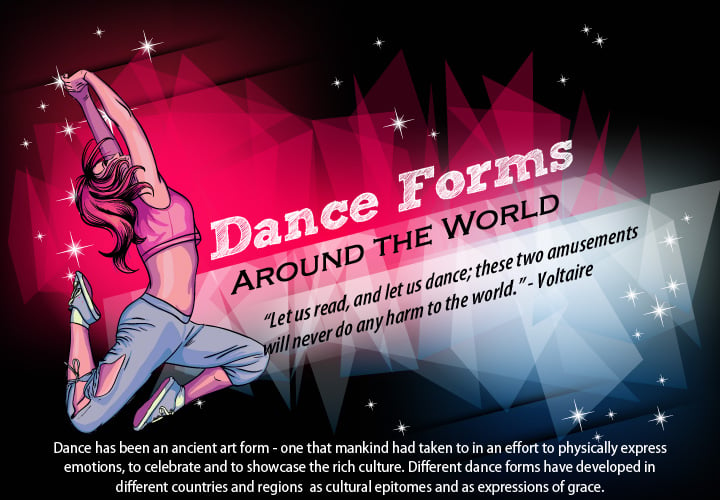
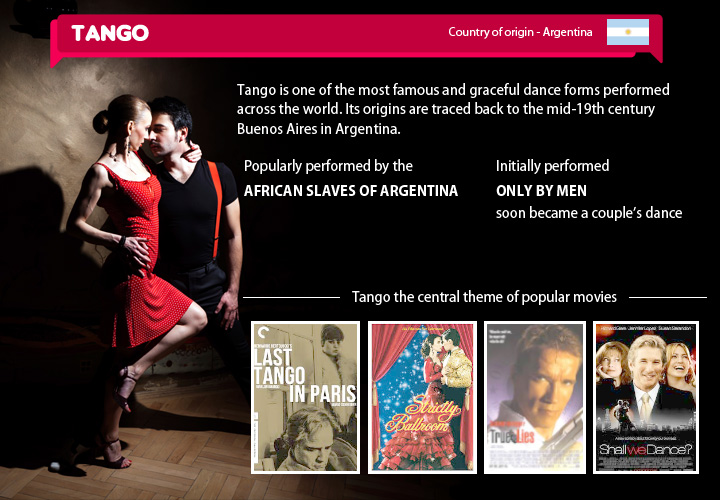
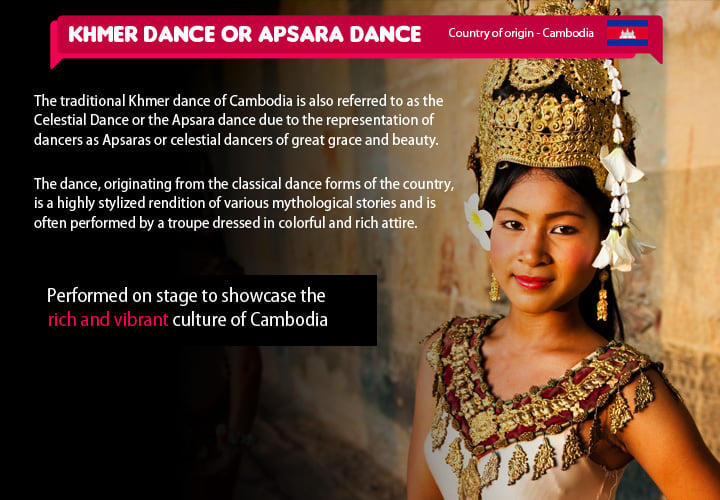

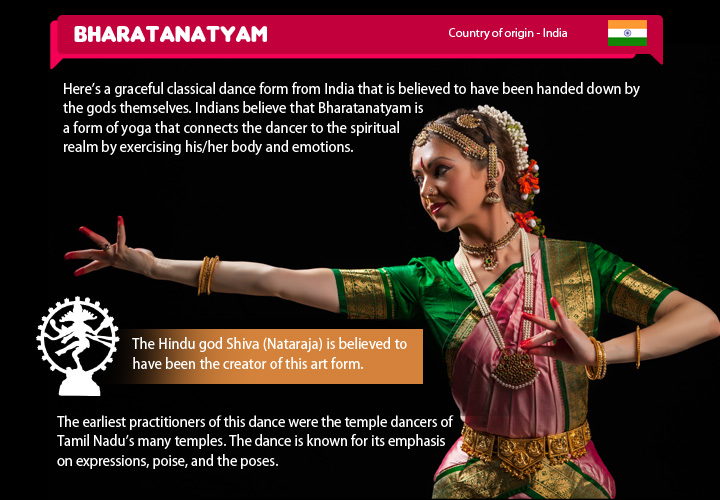

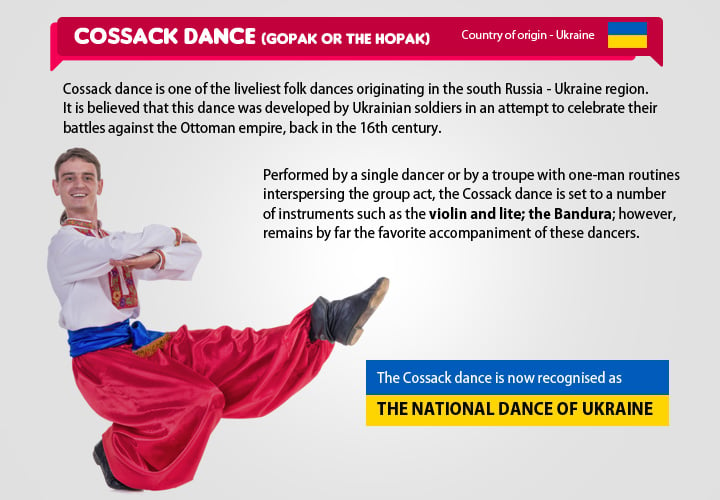

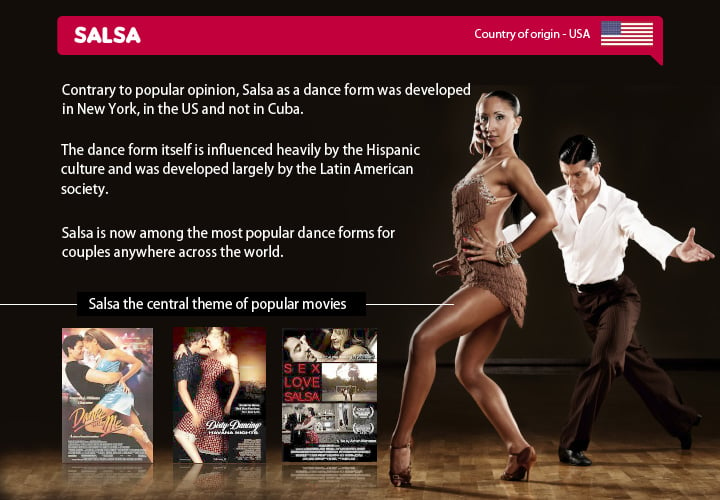

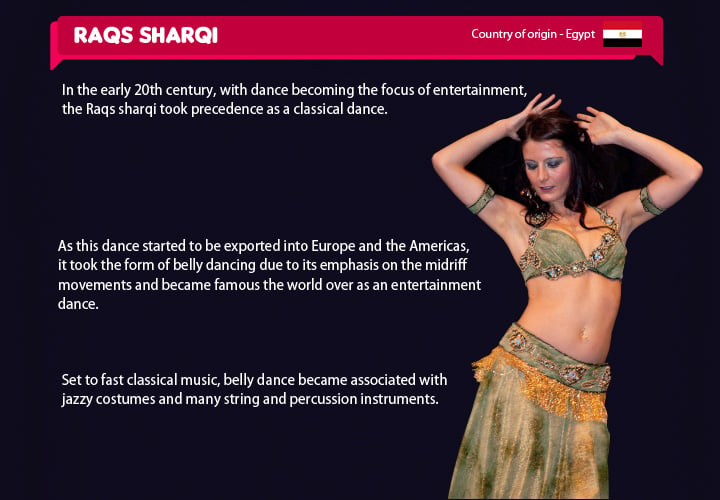
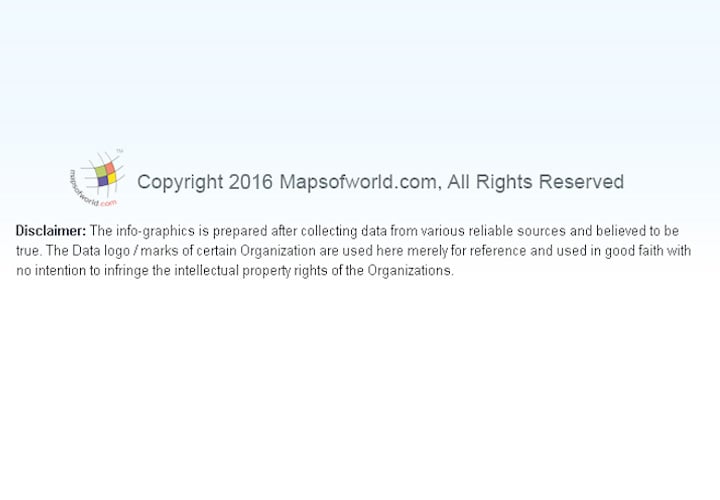







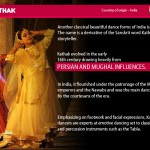


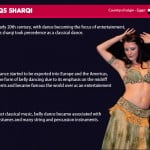

Comments are closed.